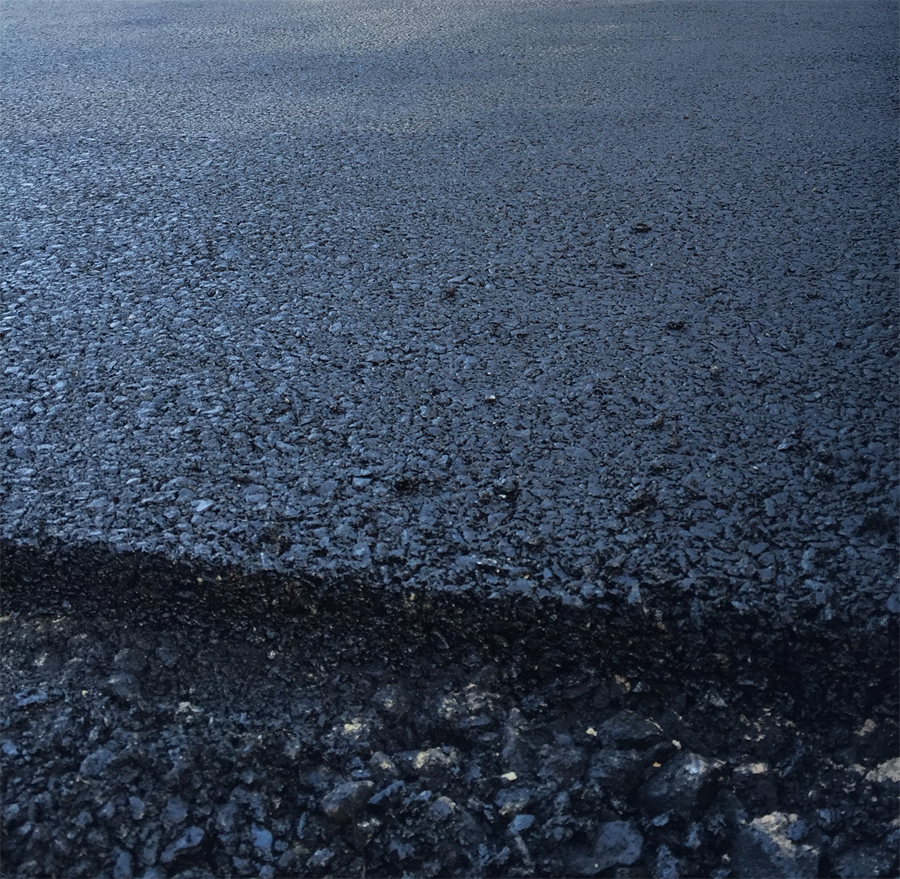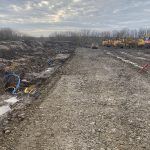What is asphalt?
Asphalt is a mixture of aggregates, binder and filler. Aggregates used in mixtures can be crushed rock, sand, gravel or slags. In order to bind the aggregates into a cohesive and easy to mix substance a binder is used. This is most commonly bitumen as its chemical properties make it effective at locking and holding the mixture together.
What is it used for?
Asphalt has many uses, which it is why it is such a common and widely used product. As a material, it is a highly versatile and long lasting product. Here are some of the ways it can be used:
• Infrastructure (roads, railway beds or airport runways, taxiways)
• Recreation (playgrounds, bicycle paths, running tracks, tennis courts)
• Agriculture (barn floors, greenhouse floors)
• Industrial (ports, landfill caps, worksite)
• Building construction (flooring).
Ways of laying the material
Hand Laid
Using the hand laid method completes the majority of small and awkward jobs. This method is usually chosen when the job does not require complicated means of laying the material and plant is not available. This method comprises the asphalt being brought to the job on the back of a wagon covered by insulated sheets or in an insulated vehicle (hot box) to keep it workable. Then it is generally dropped or shovelled into wheelbarrows and taken to the area required. The skilled contractor will then use his experience to rake it level and ready to compact.
Machine Laid
As a material, Asphalt can be laid in large areas such as highways and car parks using pavers. It is added to the paver via a wagon or other suitable plant into a heated hopper housed in the machine at a temperature around 180°C. It is then distributed onto the surface and spread evenly leaving a smooth surface ready to be rolled and compacted vigorously to ensure stability and durability of the surface. This results in a solid and smooth surface. This process can be used for both binder and wearing courses and is perfect for car park surfacing or resurfacing.
Fun Facts
1. Asphalt is the predominant material used for road construction and maintaining the road network in Europe.
2. 25% of the total world’s production takes place in Europe.
3. Europe has over 2,500 production sites and over 9,500 companies are involved in the production and/or laying.
4. Some people still talk about tarmac or tarring a road. Since the 1990’s tar is not used anymore in road building.
5. Tar is totally different from bitumen. They are both black, but tar comes from coal and bitumen comes from heavy crude oil.
Further Blog Posts







